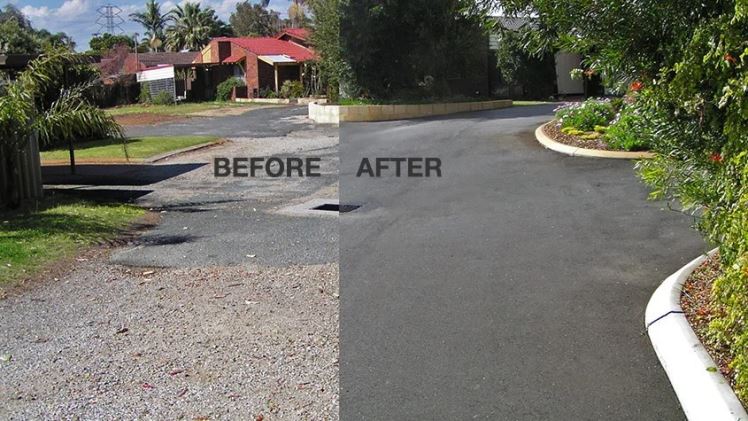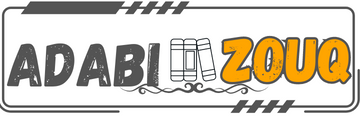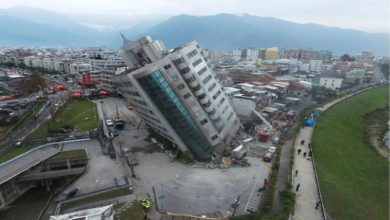Concrete Driveway Resurfacing vs. Replacement: Which is Right for You?

Your driveway is a critical component of your home’s exterior, providing both functionality and curb appeal. However, over time, the wear and tear of daily use, as well as exposure to the elements, can degrade its appearance and structural integrity. When faced with a worn-out or damaged concrete driveway, homeowners frequently consider whether to resurface or replace it. In this article, we’ll look at the differences between concrete driveway resurfacing and replacement to help you decide which is best for your situation.
Understanding Concrete Driveway Resurfacing
Concrete driveway resurfacing is a low-cost and effective way to improve the appearance of your driveway and extend its life. It entails applying a new layer of concrete or overlay to the existing surface rather than completely removing and replacing the driveway. Here are some major advantages of resurfacing:
- Cost Savings: Resurfacing is generally less expensive than complete replacement because it eliminates the need for excavation and disposal of existing concrete.
- Time Efficiency: Resurfacing is typically faster and less disruptive than full replacement. You can usually use your driveway within a few days of resurfacing.
- Surface Improvement: Resurfacing can help with minor cosmetic issues such as cracks, surface discoloration, and spalling (surface flaking). It gives a clean and uniform appearance.
- Increased Durability: The new layer of concrete or overlay can strengthen and fortify the existing surface, making it more resistant to future damage.
- Design Options: Resurfacing allows for a variety of decorative finishes, colors, and patterns, allowing you to personalize the appearance of your driveway.
When to Consider Resurfacing
Concrete driveway resurfacing is an excellent option when your existing driveway exhibits the following characteristics:
- Surface Cracks: If your driveway has minor surface cracks (typically less than 1/4 inch wide), resurfacing can effectively repair them.
- Surface Wear: If your driveway has suffered general wear and tear, such as spalling or surface scaling, resurfacing can help restore its appearance and integrity.
- Stains and Discoloration: Resurfacing can conceal unsightly stains and discoloration on the original surface.
- Minor Surface Irregularities: Minor surface irregularities or settlement issues can frequently be corrected with resurfacing.
- Cosmetic Upgrades: If you want to change the appearance of your driveway with a new color, texture, or decorative finish, resurfacing provides limitless design options.
The Process of Concrete Driveway Resurfacing
Concrete driveway resurfacing consists of several key steps:
- Cleaning: The existing driveway is thoroughly cleaned to remove dirt, debris, and other contaminants that could disrupt the bond between the old and new concrete layers.
- Surface Preparation: Any repairs, such as filling cracks or correcting minor surface irregularities, are completed. The surface has been profiled to ensure proper adhesion of the new layer.
- Application: A bonding agent or primer is applied to the prepared surface to improve adhesion. The new concrete layer or overlay is then poured or applied and evenly distributed across the existing driveway.
- Decorative Options: If you choose decorative finishes, this is where patterns, textures, colors, and other design elements are applied.
- Curing and Sealing: Once the new layer has been completed properly, it must cure for a set period of time. A sealant or protective coating is applied to increase durability and stain resistance.
When Concrete Driveway Replacement is Necessary
While resurfacing is an excellent option for many concrete driveways, there are times when replacement is the better choice. Consider replacement when:
- Structural Damage: If your driveway has significant structural damage, such as deep cracks, widespread settlement, or extensive spalling, resurfacing may only be a temporary fix. Full replacement is frequently a better long-term investment.
- Subbase Issues: If the driveway’s subbase has issues, such as poor compaction or drainage, resurfacing may not be sufficient to address them. Replacement allows for proper subbase reconstruction, if necessary.
- Elevated Height: Several layers of resurfacing over time can result in a driveway that is higher than desired. In such cases, replacement is a better option for starting over with a new, level surface.
- Aesthetic Overhaul: When you want to completely transform the appearance of your driveway, including changes in layout or size, a full replacement provides you with a clean slate to design the driveway of your dreams.
Concrete Driveway Replacement Process
Concrete driveway replacement requires more work than resurfacing. Here are the main steps in the replacement process:
- Demolition: Demolition is the complete removal of an existing driveway, which frequently necessitates the use of heavy machinery and equipment for excavation and disposal.
- Subbase Evaluation: The subbase is inspected and prepared as necessary. Proper compaction and drainage are required for a solid foundation.
- Formwork: Forms or molds are used to determine the shape and dimensions of the new driveway.
- Reinforcement: If necessary, reinforcement materials such as rebar or wire mesh are used to increase the strength of the concrete.
- Concrete Pouring: Fresh concrete is poured into the prepared forms, leveled, and finished to produce a smooth, uniform surface.
- Curing: The new concrete is allowed to cure for the appropriate amount of time to achieve its maximum strength.
- Sealing: After curing, a sealant is applied to the surface to prevent moisture penetration, UV damage, and stains.
Making a Decision: Resurfacing or Replacement?
The decision between concrete driveway resurfacing and replacement is based on your specific needs, budget, and goals. Below are some guidelines to help you make an informed decision:
Consider Resurfacing When:
- The driveway has minor cosmetic issues such as surface cracks, spalling, or stains.
- You want to refresh the look with decorative finishes or colors.
- You have a limited budget and are looking for a cost-effective solution.
- The existing driveway remains structurally sound.
Consider Driveway Replacement Huntsville When:
- The driveway has structural damage (e.g., deep cracks, settlement, scaling).
- There are subbase issues, which affect the driveway’s stability and drainage.
- You want to completely redesign the driveway’s layout, size, or design.
- The driveway has had multiple resurfacings, resulting in an excessive height.
Importance of Professional Assessment
To make an informed decision about resurfacing or replacement, speak with a professional concrete contractor. They can evaluate the current state of your driveway, discuss your objectives and budget, and make expert recommendations based on your specific needs. A professional evaluation ensures that you select the best option for your concrete driveway, resulting in improved appearance, functionality, and longevity.
To summarize, both concrete driveway resurfacing and replacement have advantages and are valuable solutions depending on the circumstances. Whether you want to refresh the surface and extend its life with resurfacing or replace it entirely, the key is to prioritize your driveway’s long-term durability and aesthetics. Working with a reputable concrete contractor allows you to make an informed decision that meets your needs and ensures a long-lasting, beautiful driveway for your home. If you have any questions or need expert advice, don’t hesitate to contact us.





